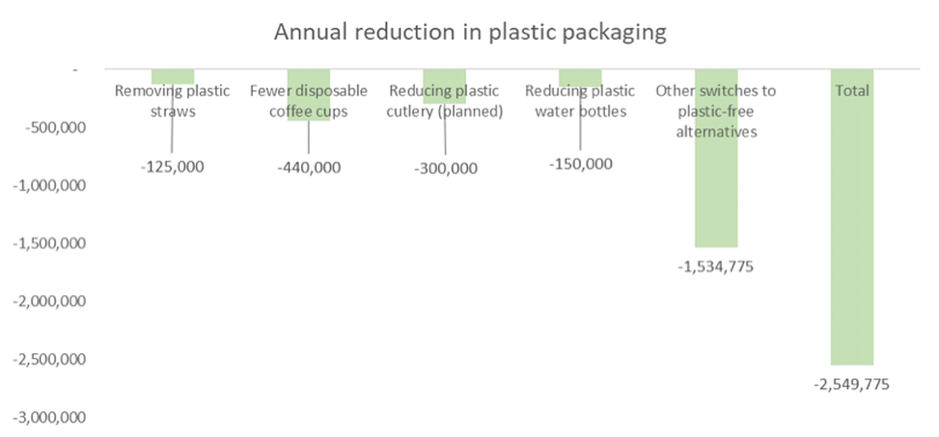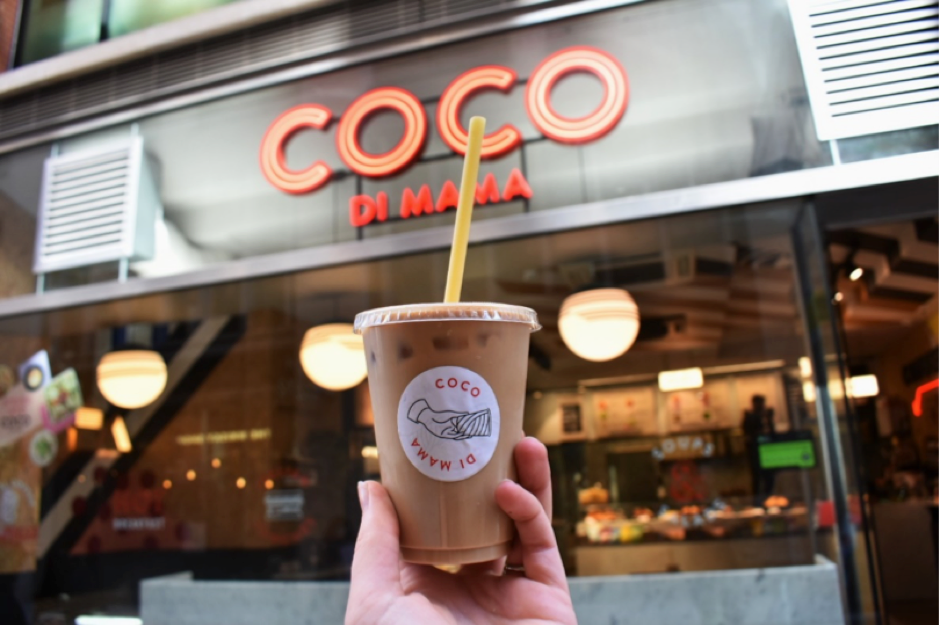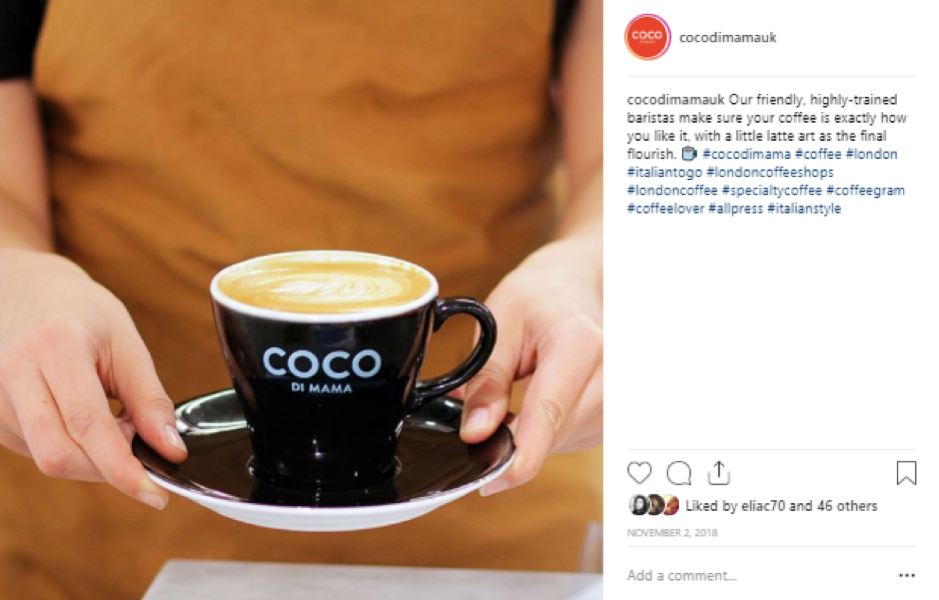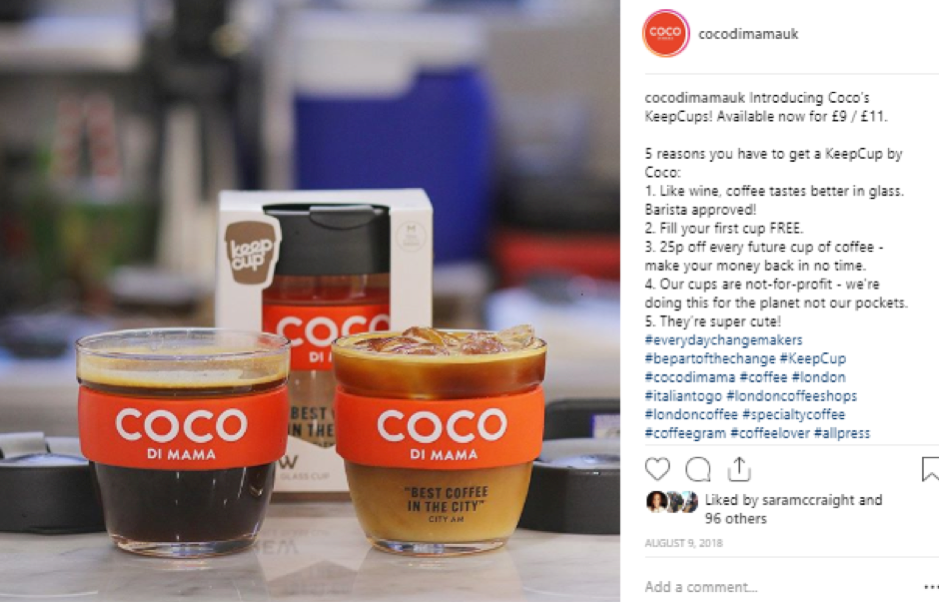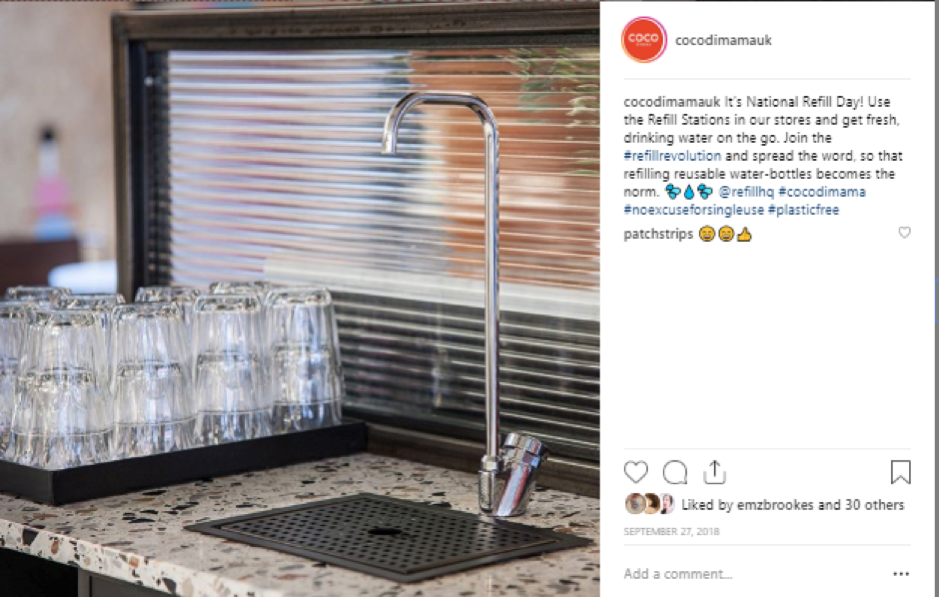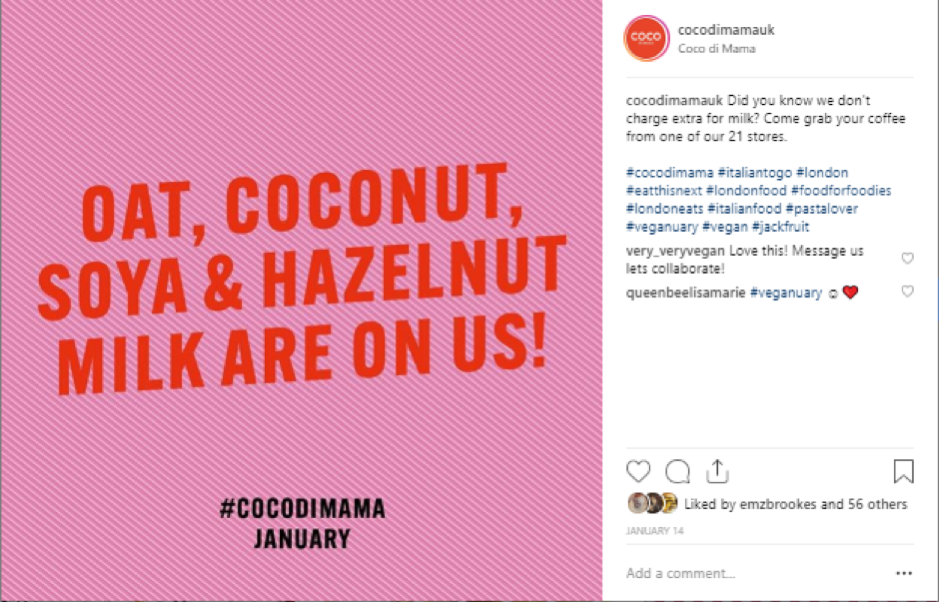Coco di Mama versus single-use plastics
In August, Coco di Mama launched the #pastraw, an innovative alternative to single-use plastic straws made entirely from pasta. The initiative saw great traction with our customers, teams and the press (The Guardian and Marketing Week) and has been one of our most talked about products on social media.
I was approached by Propel to share my view on Coco di Mama’s approach to tackling the single-use plastics challenge, how we’ve managed to reduce our plastic waste by one million units per year, and if there’s anything we can share to help other brands along the journey. Typically, the more environmentally friendly options “cost more”, so how are we approaching this against a competitive landscape of rising costs? We all know our senior stakeholders want it all. We want to reduce our environmental impact at the same time as increasing sales and profits. My key recommendation is to look for the win-win-win solutions that are a clear fit for your customer and brand and which will set you apart from your competitors.
Important caveat – we still have a long way to go to reduce our environmental impact and we’re by no means claiming to lead the field in this arena.
Our approach.
1.Be clear on your holistic CSR strategy
Any brand that plans to stick around must be clear on what its CSR strategy is and what its objectives and goals are. Coco di Mama has a holistic strategy and set of 2020 goals, which cover reducing environmental impact, responsible sourcing, improving health through a balanced menu, responsible sourcing, gender equality in the workplace, commitment to training, and charitable partnerships.
2.Decide on where to focus based on the right fit for customer, brand and competitor set
We decided to focus our biggest efforts in two key places – improving our menu (responsible sourcing and improving balanced menu) and reducing waste (especially plastics). This choice was driven by what we know our customers care about most, based on customer surveys and analysing customer feedback trends, and so investment into these areas would be most likely to see a positive brand and business impact. It has also become common knowledge that physically reducing the amount of plastic we use will see a much better impact than recycling.
Some of the questions we asked ourselves to get to the right focus areas were to check the fit with our customers, brand and business objectives, and competitor landscape.
Fit with customer:
- What do they value most?
- What is a point of “parity” and is now expected as standard?
- Are they willing to pay more for it?
Fit with brand and company:
- Is it a natural fit with our brand positioning?
- How can we afford it in this challenging landscape?
Fit with competitor landscape:
- In what areas do we want to lead and what areas do we follow the market?
- Where can we differentiate versus our competitors to make our CSR strategy a brand unique selling point?
3.Look for win-win-win solutions
The biggest challenge with looking for more environmentally friendly solutions is they typically cost more. It can be difficult to justify the incremental investment to the board when it’s hard to write a rock-solid business case for the expected sales return.
We wanted to find win-win-win solutions which:
- Our customer wants but doesn’t have to pay more for
- Are on brand and the company can “afford it”
- Sets us apart from competitors OR matches the new “standard” in the market
In most of our examples below, introducing CSR initiatives come at an incremental cost to the company. In the current trading environment with the rising cost of rents, labour and food, it can be difficult to justify adding increasing costs into the business. There aren’t many ways around this but we made the decision to find savings from elsewhere in the business to make up the difference. In some situations, we did identify CSR initiatives that funded themselves over the medium to long term.
CSR in practice
Here are a few practical examples of where we found a win-win-win solution for customer, brand and company:
The #Pastraw
The environmental impact – we removed 125,000 single-use plastic straws and replaced with completely compostable pasta straws.
- Very on-brand as the “masters of fast pasta”
- Customers saw it as a fun alternative, which lead to some great PR
- The idea came from one of our employees and helped with employee engagement
- Set us apart from competitors still offering plastic straws or paper straws, which often disintegrate in liquid
- While they cost slightly more per unit, customers in general have reduced their straw usage so we don’t spend any more on straws on an annual basis. The straw is an existing pasta product (Bucatini) so doesn’t require additional set-up costs.
Offering crockery and cutlery for our eat-in customers:
The environmental impact – we save an estimated 220,000 disposable coffee cups a year by offering our eat-in customers their coffee in china crockery. While currently on trial, we estimate we’ll reduce 300,000 pieces of single-use plastic cutlery when we roll out our metal cutlery across all stores.
- It offers a more premium and enjoyable experience to our customers – coffee tastes better out of china or glass and food tastes better with metal cutlery rather than plastic.
- While the initial cost of rolling out crockery is high, it will pay back over time as we spend less on disposable packaging and cutlery.
- It sets us apart from high-street coffee chains and other grab-and-go competitors who don’t offer a crockery option.
Introducing a reusable cup discount and selling branded reusable cups for no profit:
The environmental impact – we save a further estimated 200,000 disposable coffee cups a year by offering our customers a discount when they bring a reusable cup, and we make it easier for them to do it by selling our own cups at no profit.
- Our customers receive an actual price incentive for doing this. We’ve seen participation in this initiative double in the past 12 months. The customer’s daily coffee is cheaper and our reusable cup is the lowest price on the market for a branded Keep Cup, as we don’t add any margin for us.
- All our competitors are offering a reusable cup discount and so we needed to at least match this to be “in the game” and price-competitive. Offering our reusable cups at not-for-profit rates sets us apart from the competition, who are charging up to double the RRP.
- From a company perspective, we would be likely to lose customers if we didn’t offer a reusable cup discount and so the business case is built around preventative loss of sales. On a positive note, more people walking around with a branded cup means more walking adverts for the brand, so we see it more as an advertising channel.
Introducing free water-refill stations, plastic-free takeaway water options and Chilly’s reusable water bottles for all team members:
The environmental impact:
· We estimate we sell 10,000 fewer single-use plastic water bottles a year to customers
· We’ve completely removed plastic water bottles for team members, which has removed 100,000 plastic bottles a year (they drink a lot of water!)
The win-win-win solution:
- We’re giving our customers the choice of free water if they have a reusable bottle, plastic-free tetrapak if they need to grab and go but don’t want plastic, or One Water if they still want the standard option but it’s donating money to end global water poverty. One-quarter (25%) of our customers are choosing to pay more for the plastic-free tetrapak water carton rather than the cheaper plastic option.
- Our team members love their branded Chilly’s water bottles, which are also perceived as an employee benefit as they RRP at £20.
- As a company overall, we’ve reduced our costs through a combination of all these initiatives.
A few other non-plastic CSR examples:
1.We offer dairy-free alternatives at no extra cost – whether in coffee, porridge, salad or sandwich, all our dairy-free alternatives are complimentary.
The environmental impact:
· 100,000 coffees a year are now sold with dairy-free milk alternatives, which is putting less pressure on the environment from the dairy industry (see The Dark Side of Dairy documentary).
The win-win-win solution:
- The customer has an easy option to switch to a more environmentally friendly option at no extra cost – Oat Milk Flat White or Superfood Coconut Porridge.
- It sets us apart from our competitors as most coffee chains charge at least 40p extra for dairy-free milk. Some are catching on to the consumer appeal but we had the first-mover advantage and have built a loyal coffee following.
What’s coming up in the future?
1. We believe this is just the start of the war on plastics and the consumer demand for plastic-free alternatives is going to accelerate. A new David Attenborough Netflix documentary, Our Planet, will be released in April and is likely to have an even bigger impact on consumer attitudes than the original Blue Planet series.
2. We’re keeping a close eye on the Cup Club and when this might become a city-wide solution for coffee brands.

Sara McCraight is Head of Marketing at Coco di Mama.

